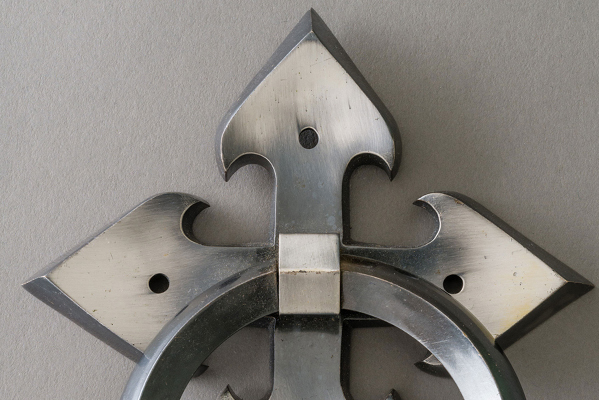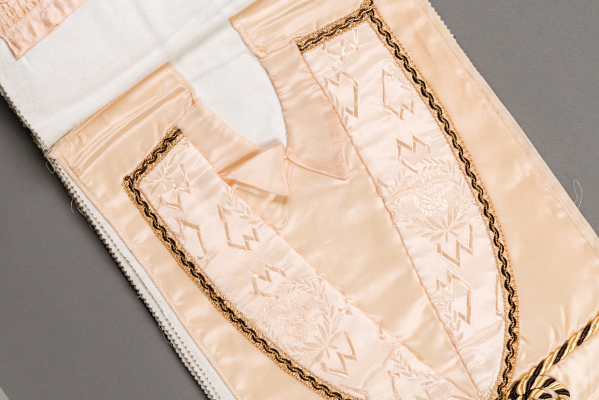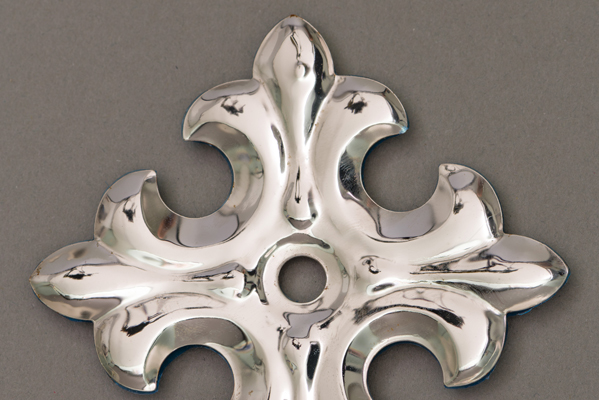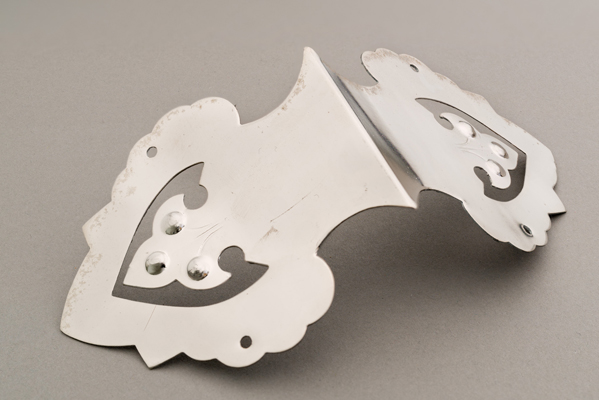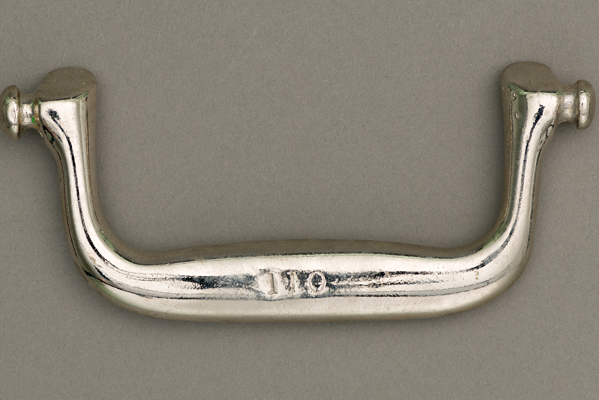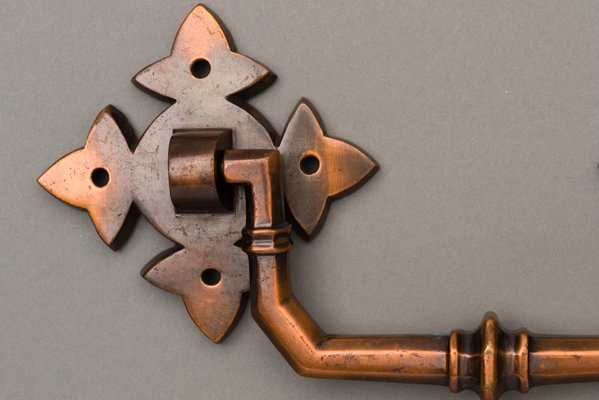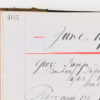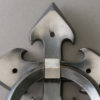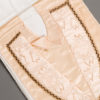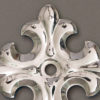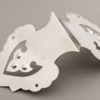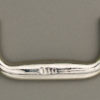This item is in the following Themes:
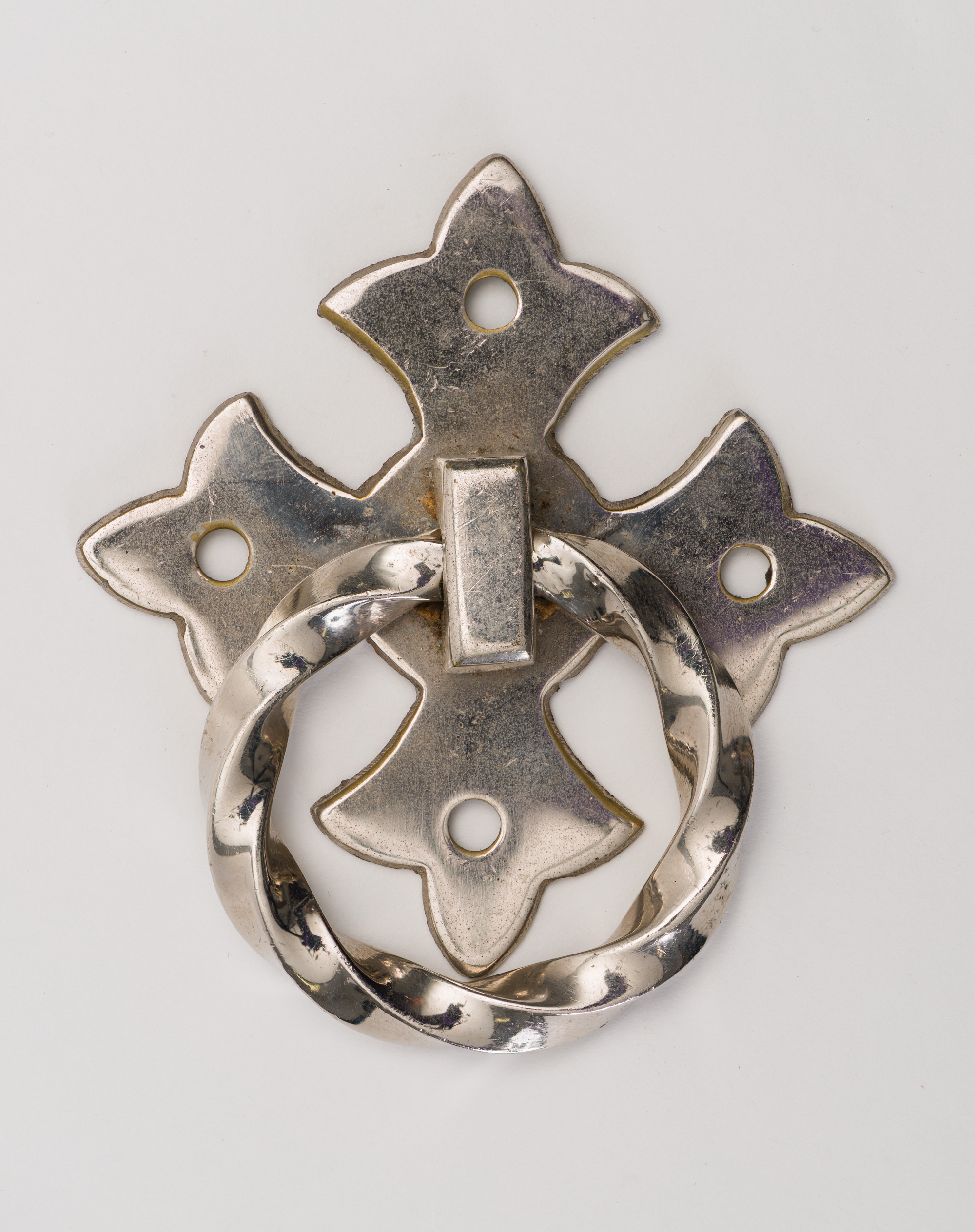
Date: Circa 1920s
Material: Sand cast/ Nickel plated
Design:
With its pointed arches and twisted handle, this design is classically Gothic. Newman Brothers were known for their Gothic handles, and many of their designs remained in fashion well into the 20th century. Between 1840 and 1900, Victorian designers started looking up to older classical styles for design inspiration, and the Gothic-revival style was influenced by medieval Gothic architecture.
History:
Child mortality rates in Victorian Birmingham were some of the highest in the country. Over 146,000 infants under the age of twelve months died in Birmingham between 1873 and 1938. To put that into context, that is an average of 2,246 children every year. Most of these deaths occurred before the turn of the century, prior to Joseph Chamberlain’s public health and sanitation acts, which significantly improved the life expectancy of children and adults alike.
Children’s coffin fittings were identical to those of adults, but just smaller. This was an age when children were dressed as ‘little adults’, so even the shrouds were the same. Find out more about shrouds here. The period of deep mourning for children lasted a year. After that, mourning continued for another year, although the clothing material was changed, and traditional black crape was dispensed with. Practically, it was difficult for poorer members of society to embrace this Victorian etiquette, as they very often had to wear what they had and couldn’t always conform to these standards. In fact, they planned ahead and saved money in advance for their children’s funerals, because the likelihood of dying before three years old was high. This was in an effort to ensure that if their children did not survive, they would still be able to have a respectable funeral for them.


